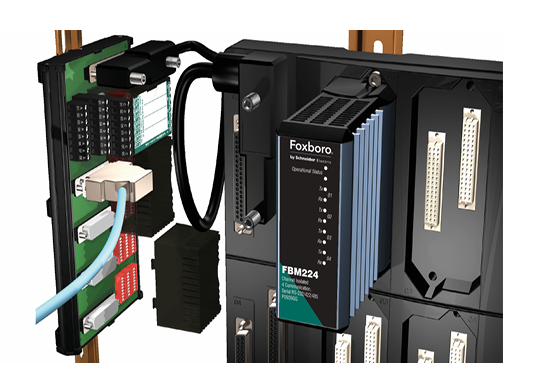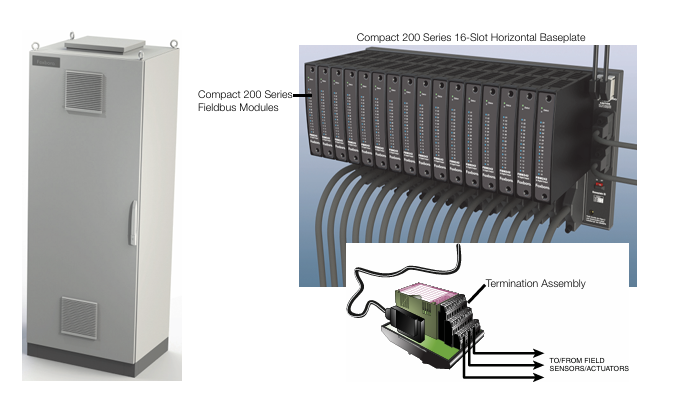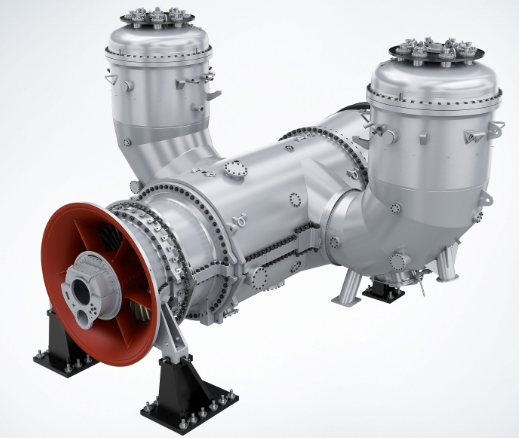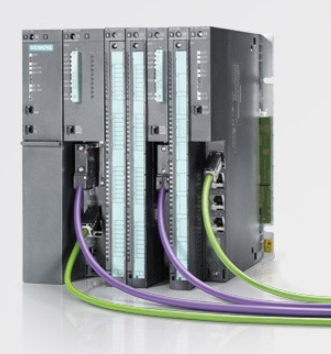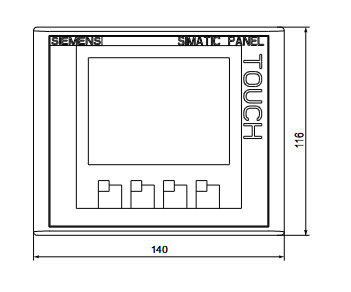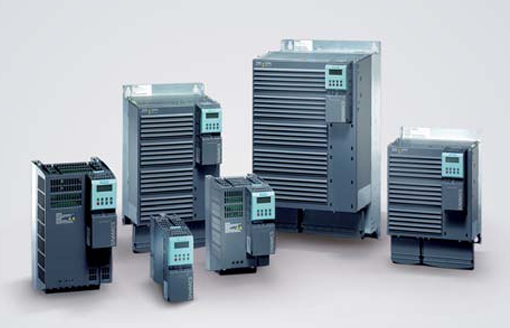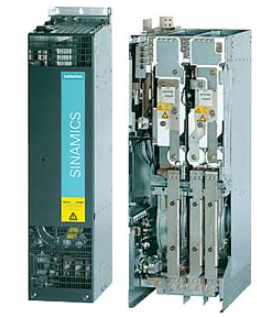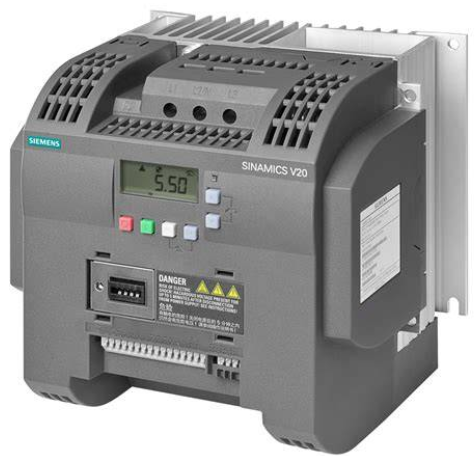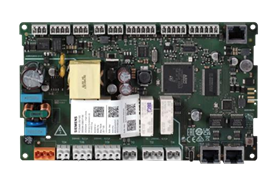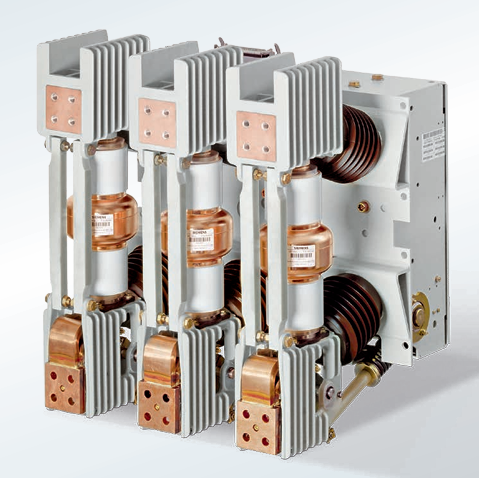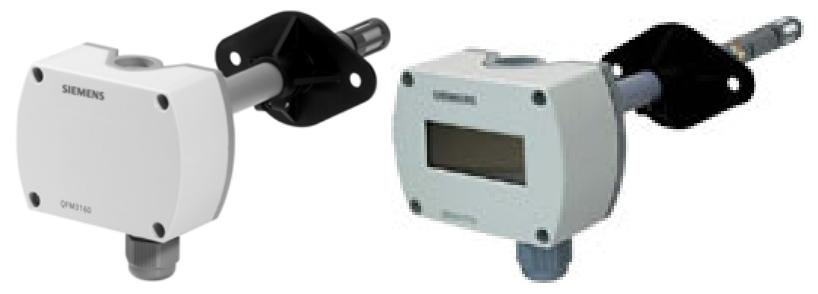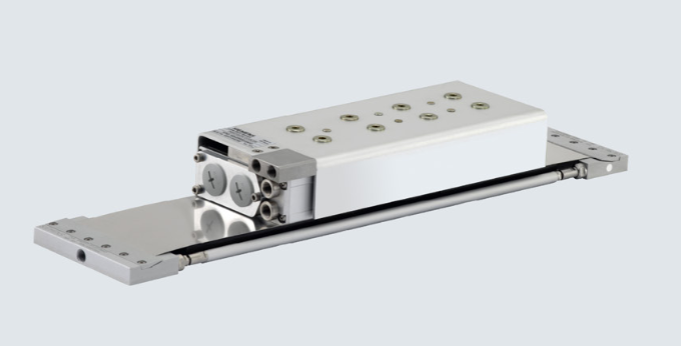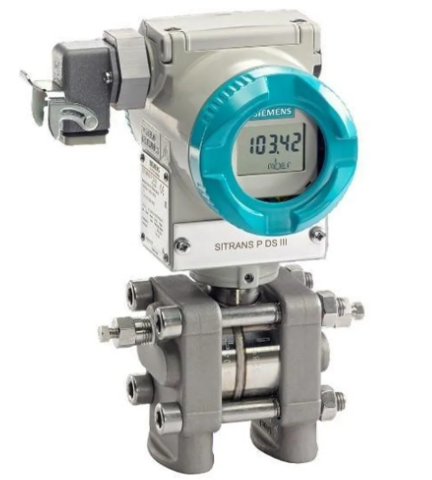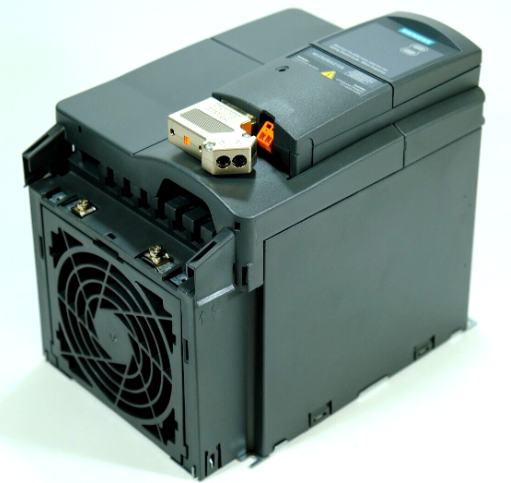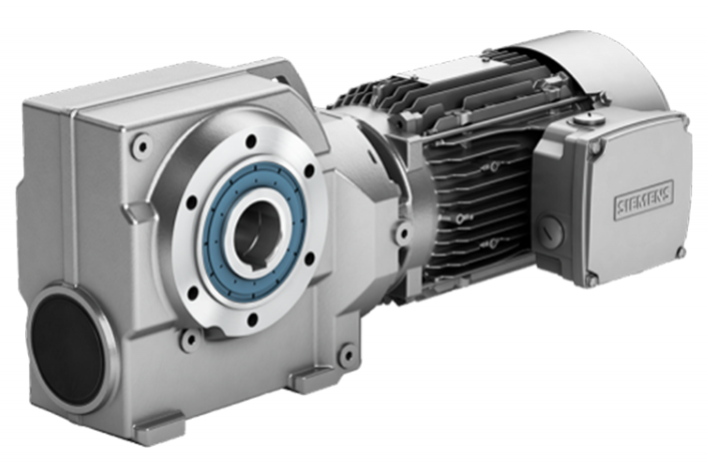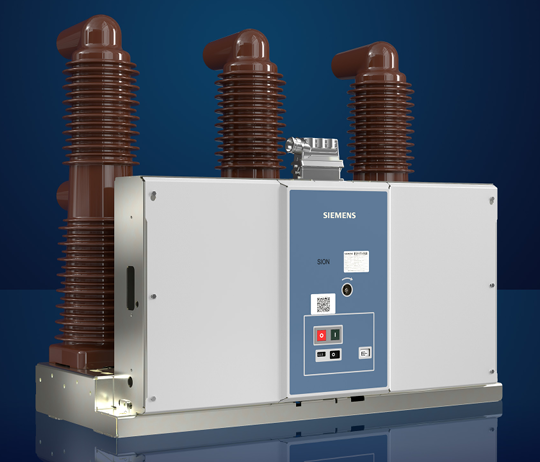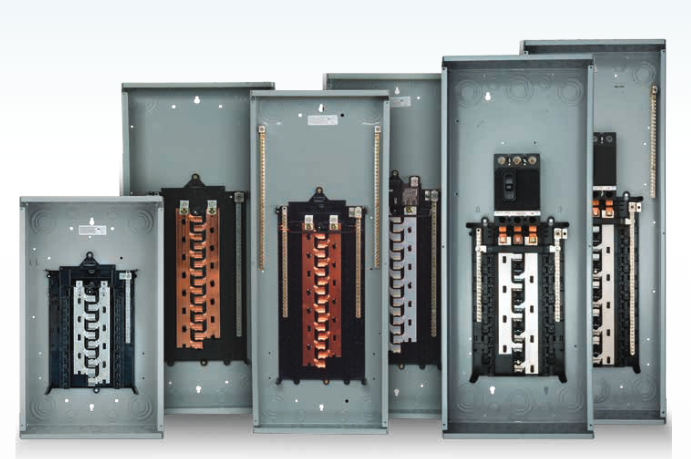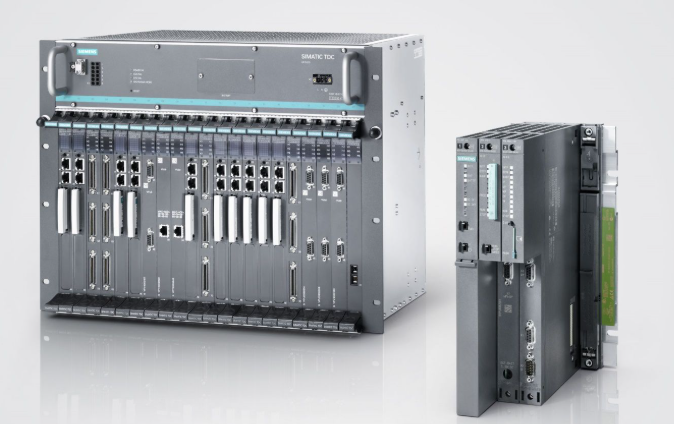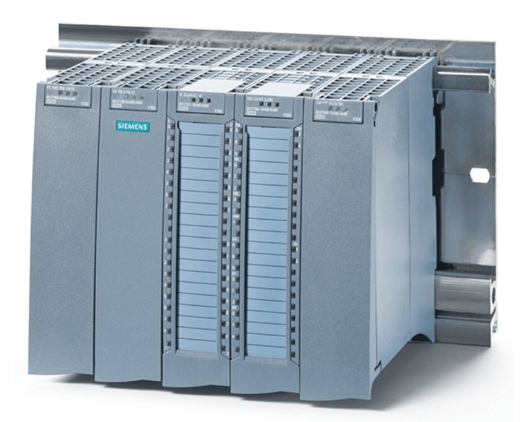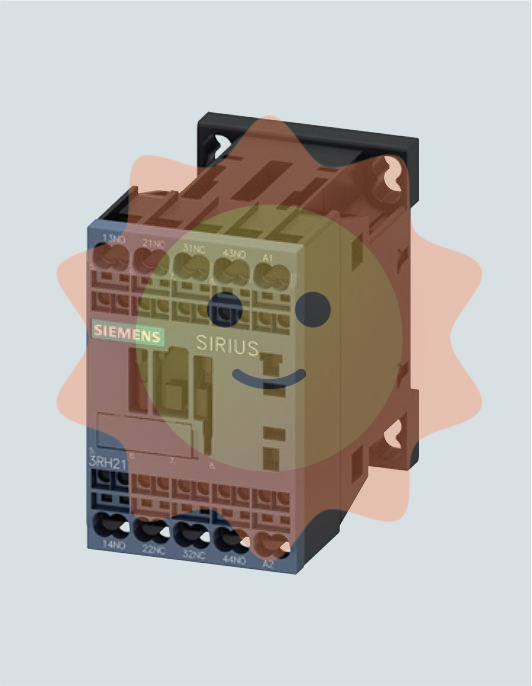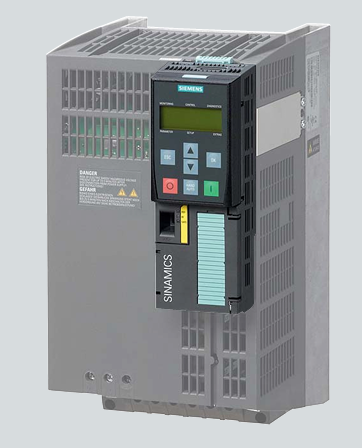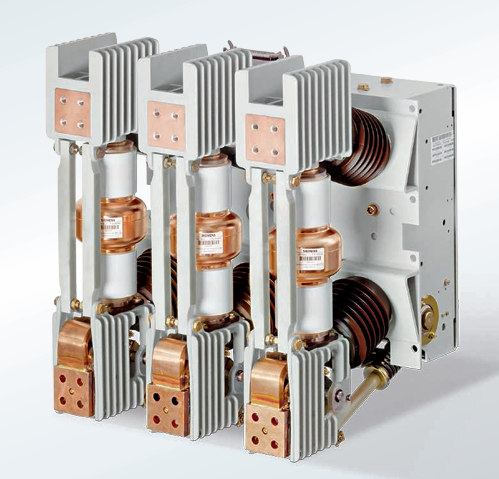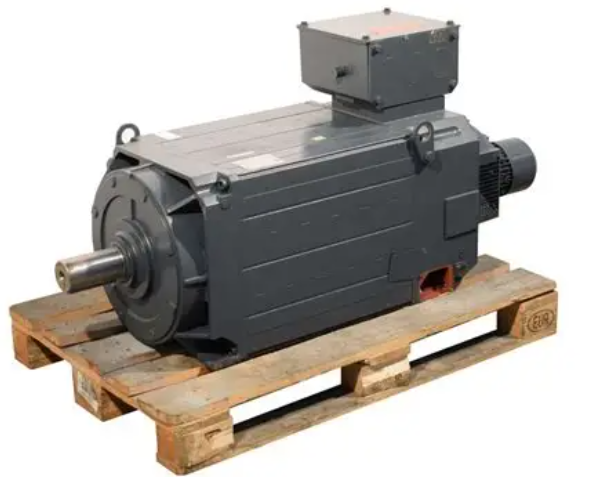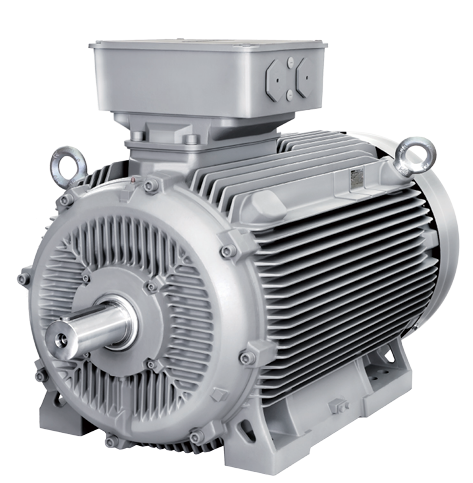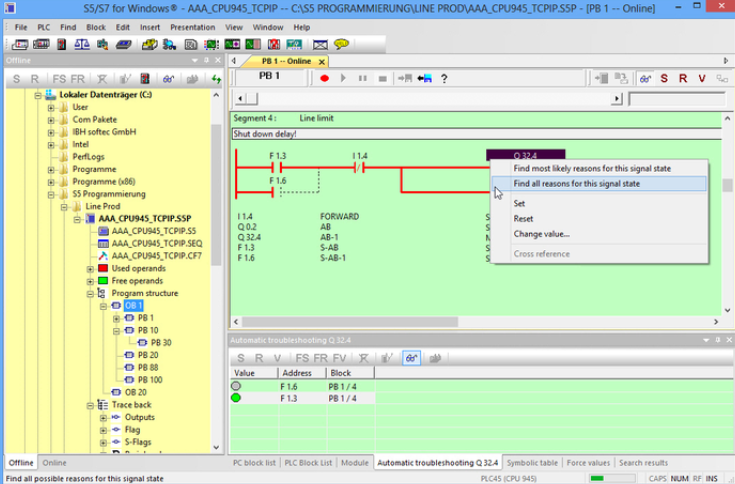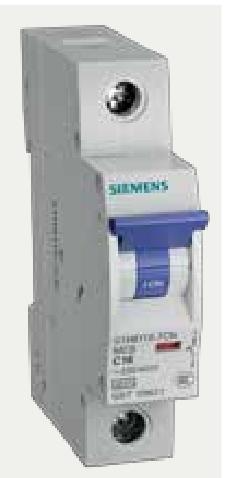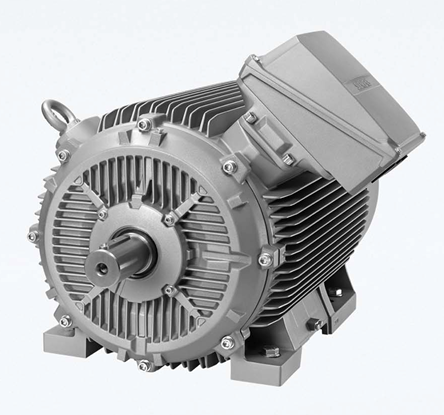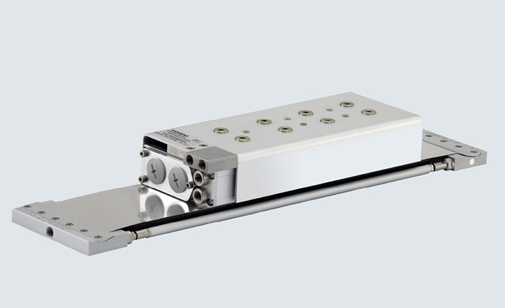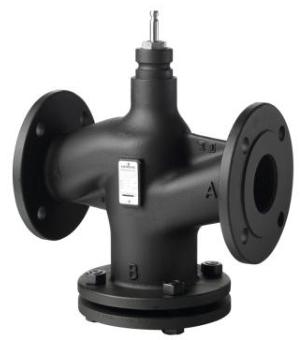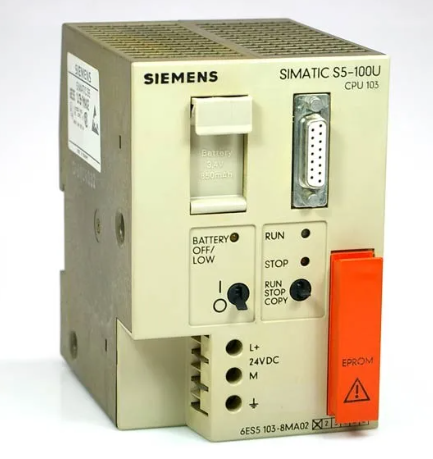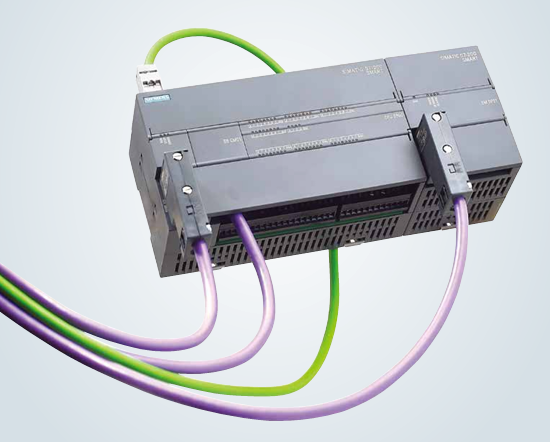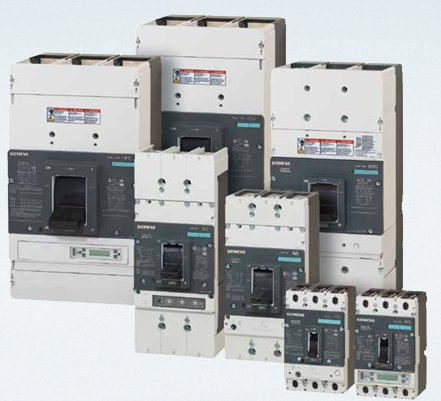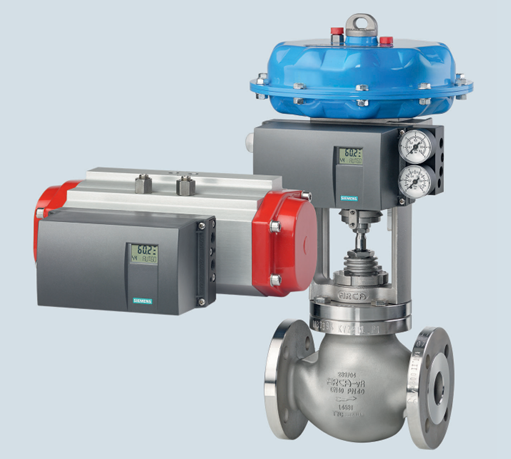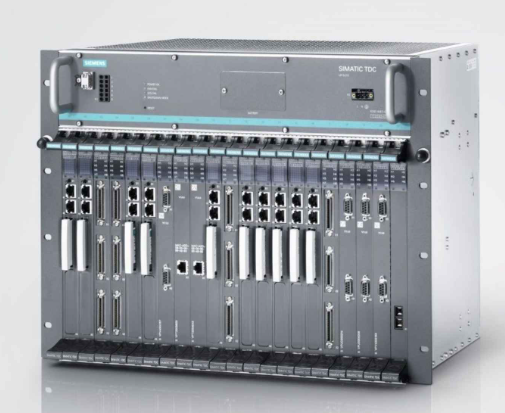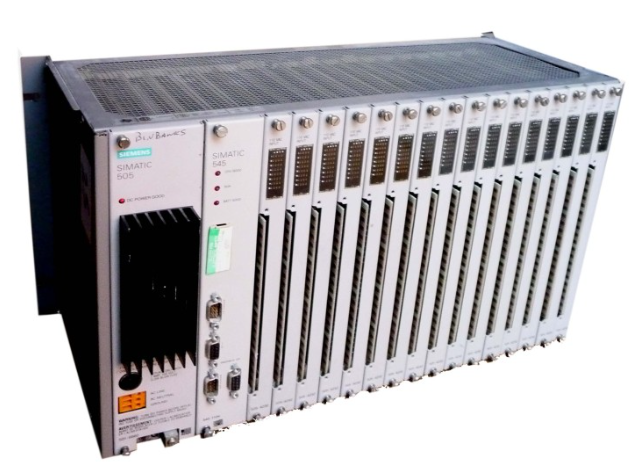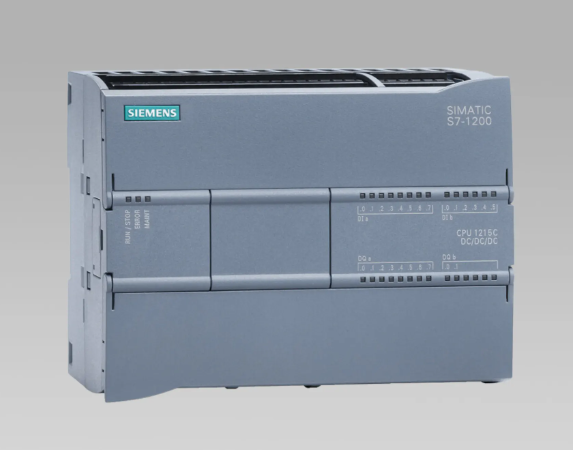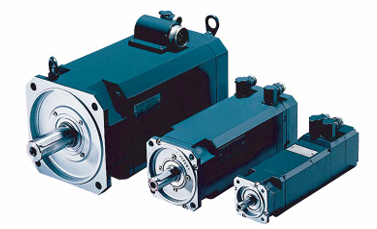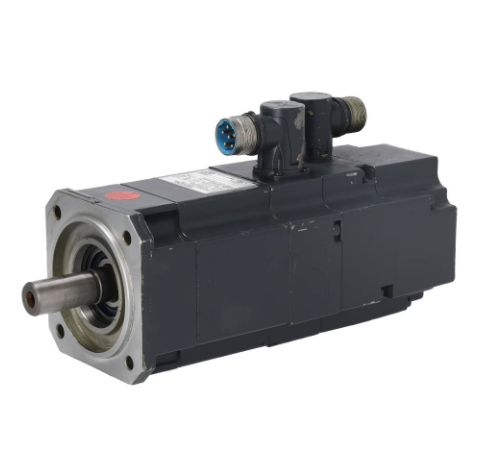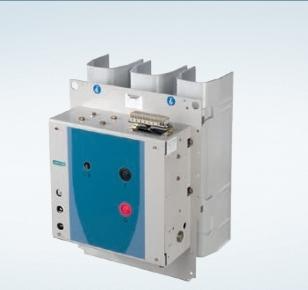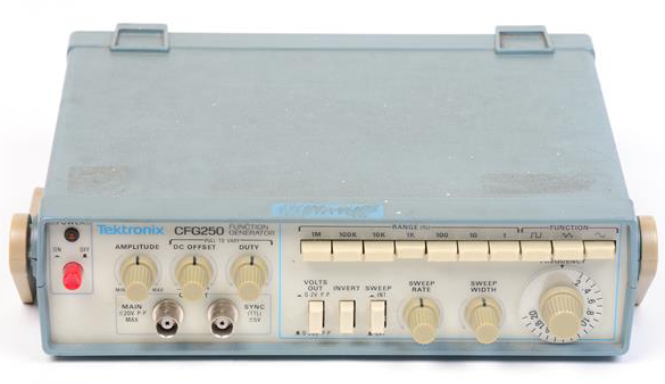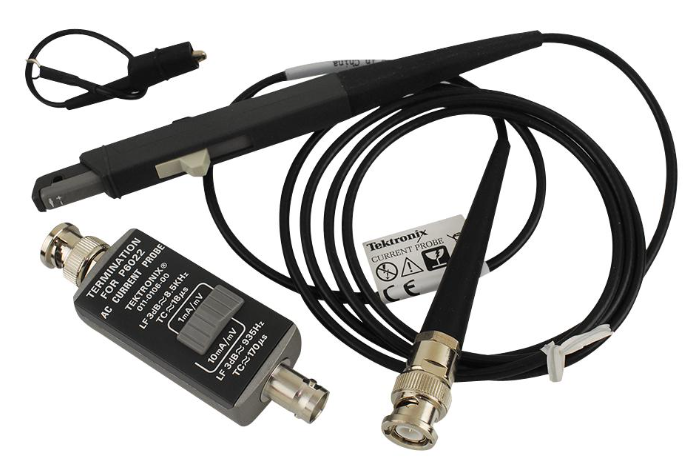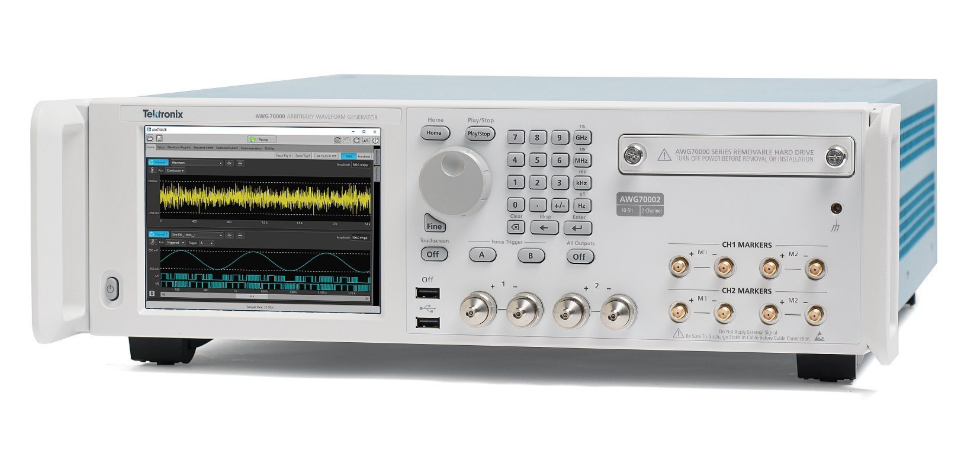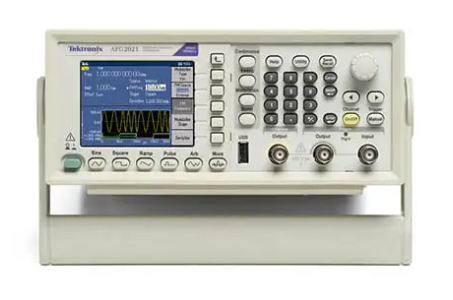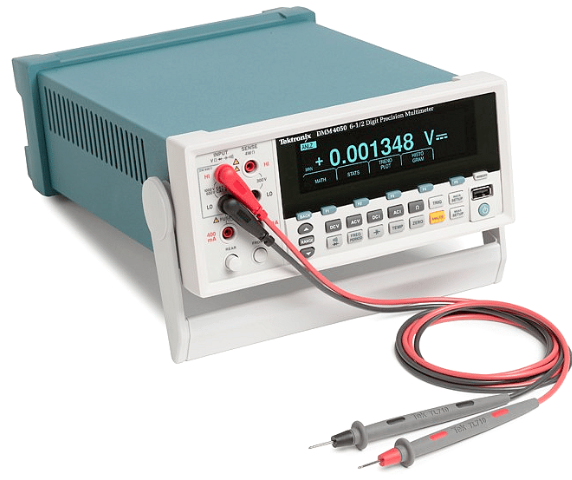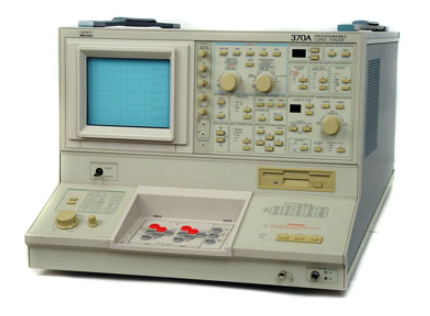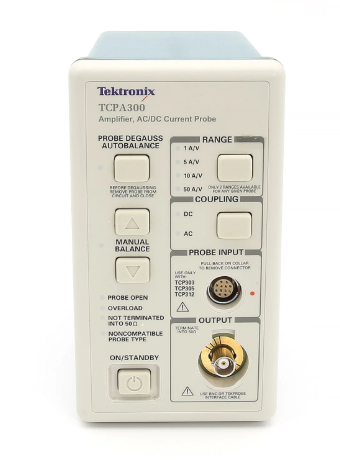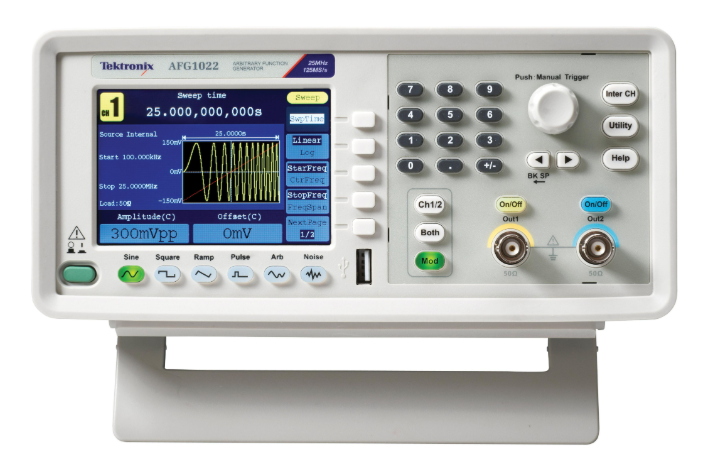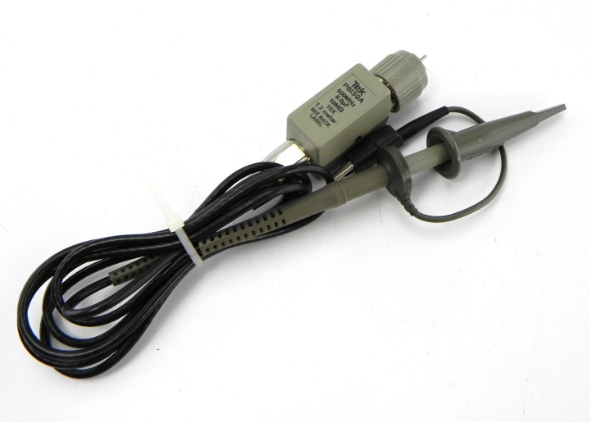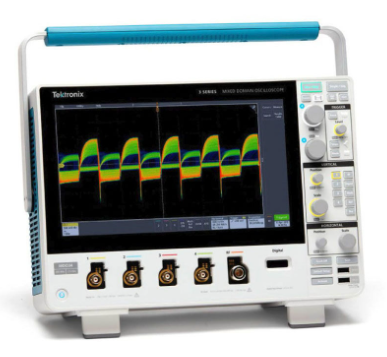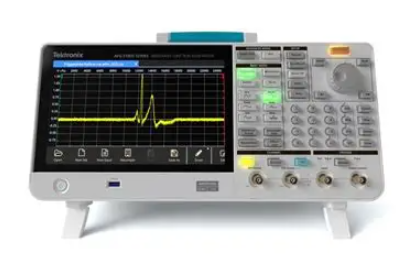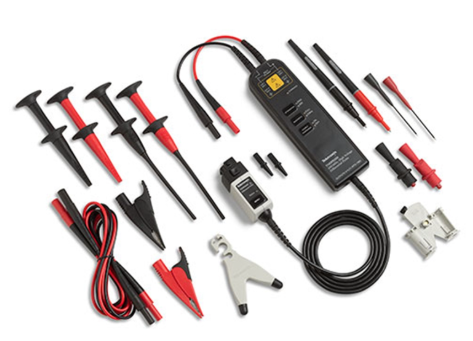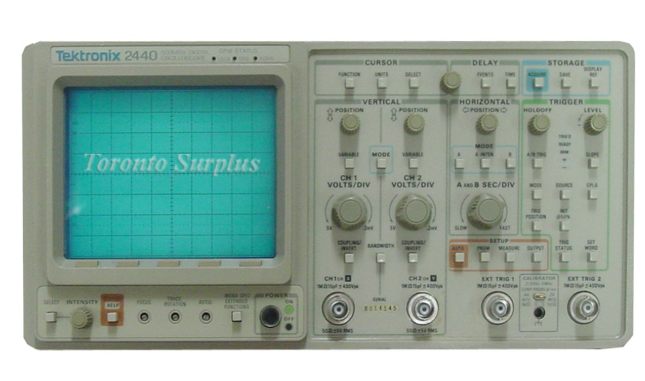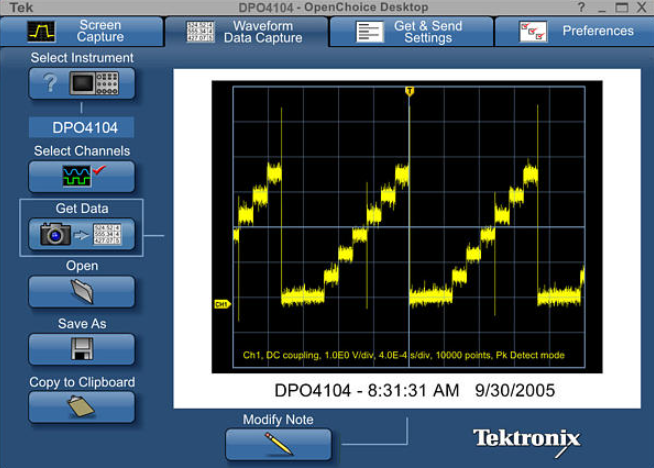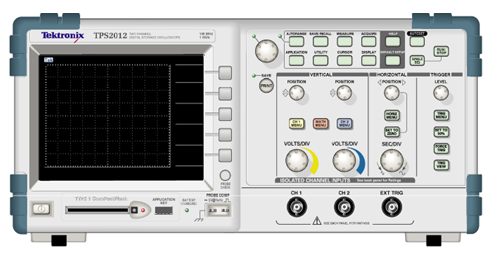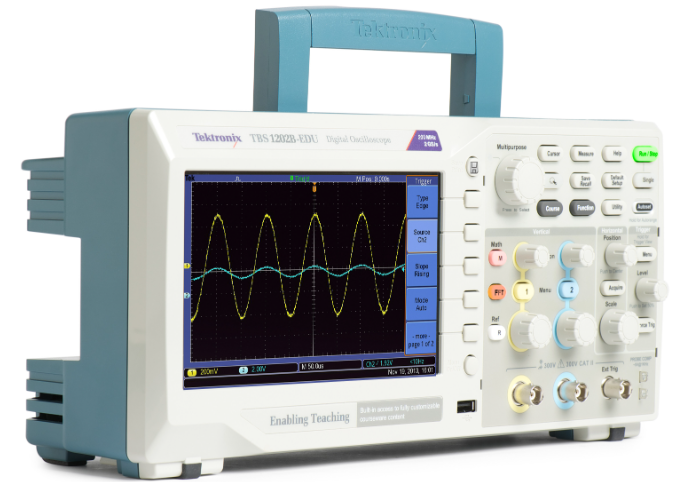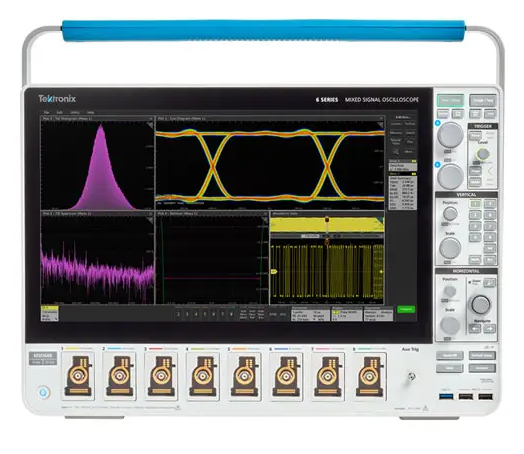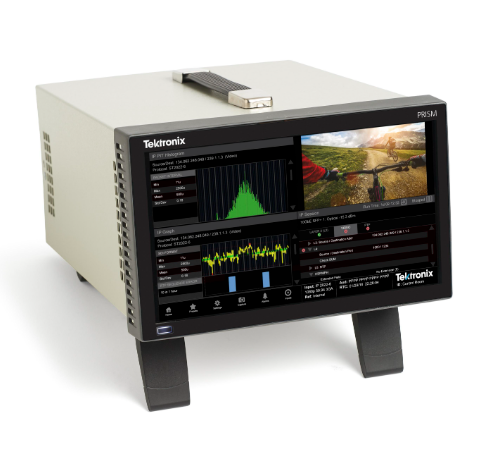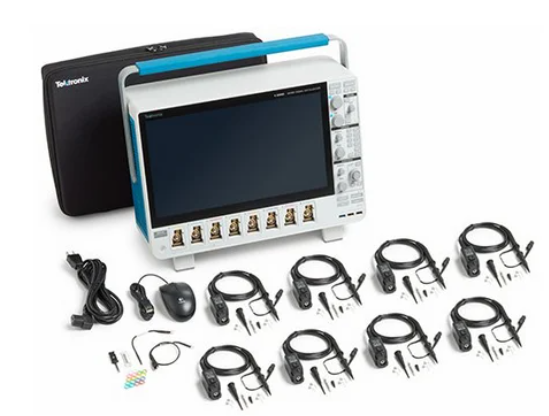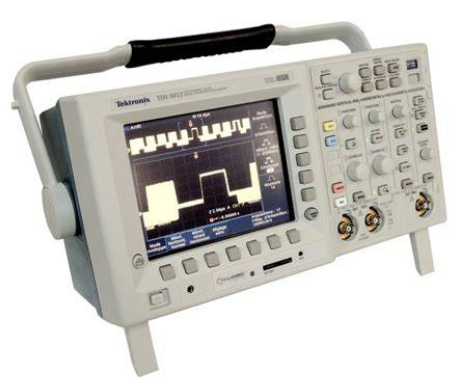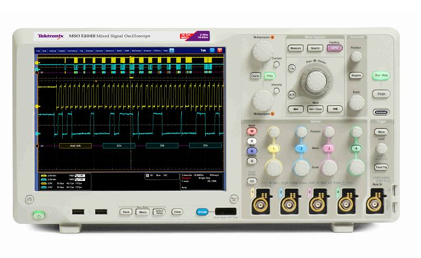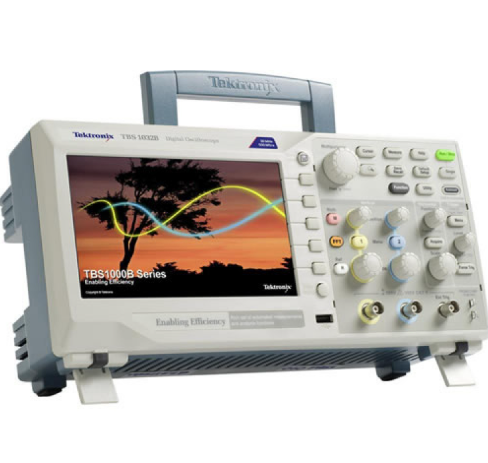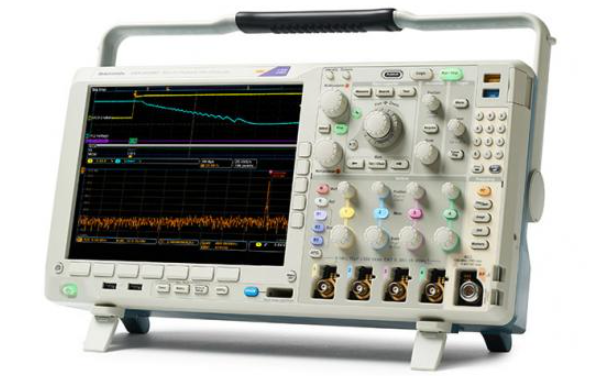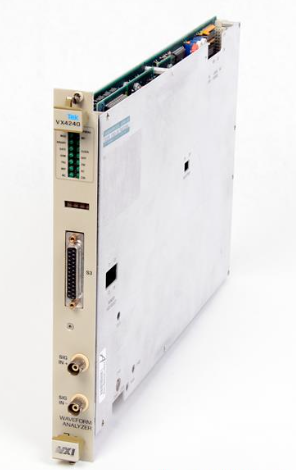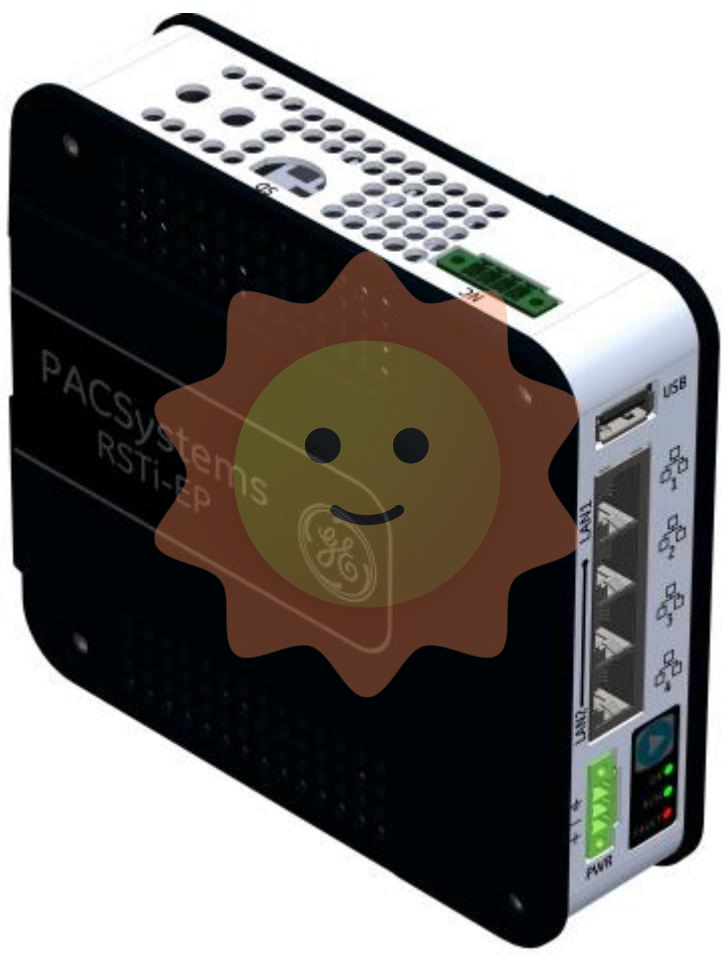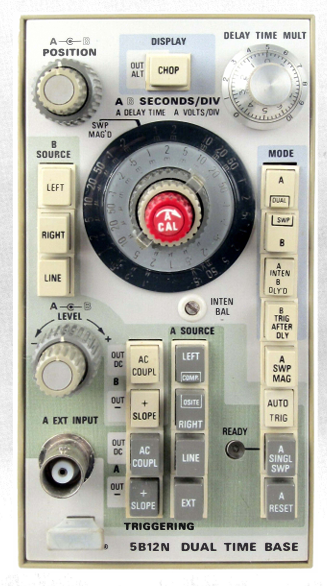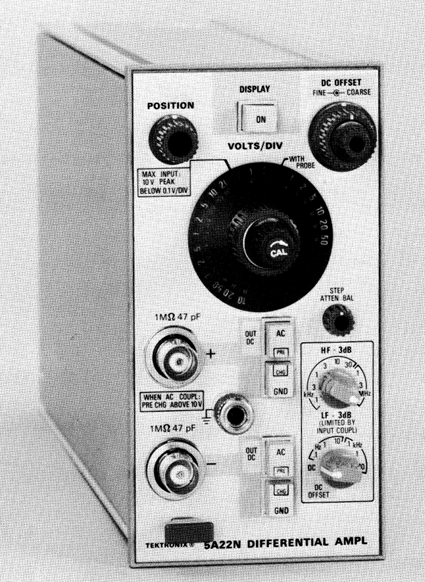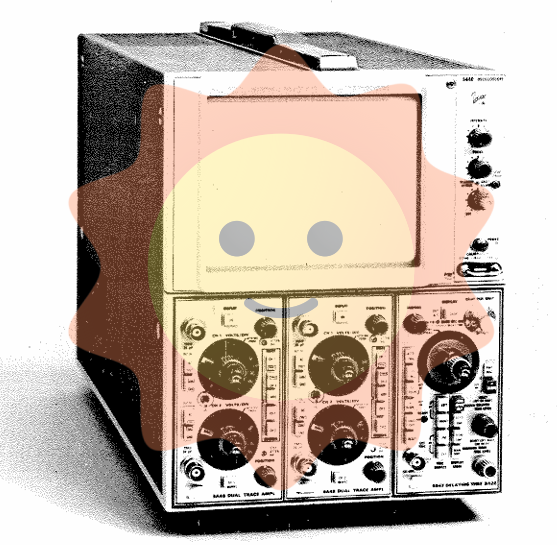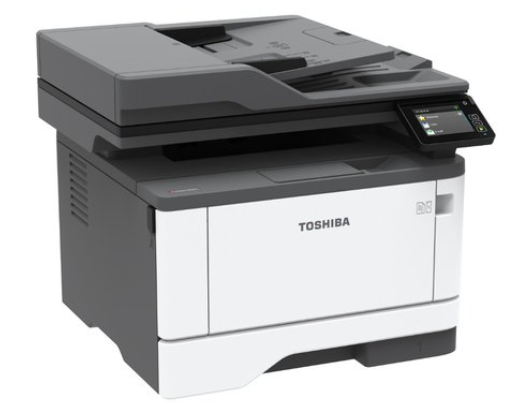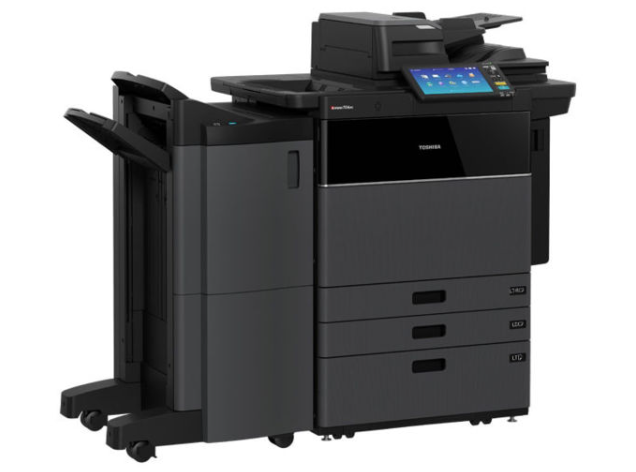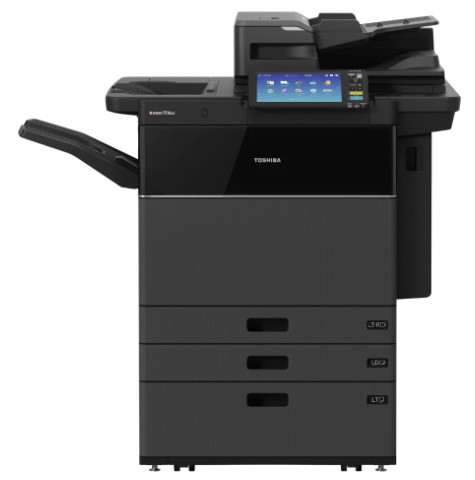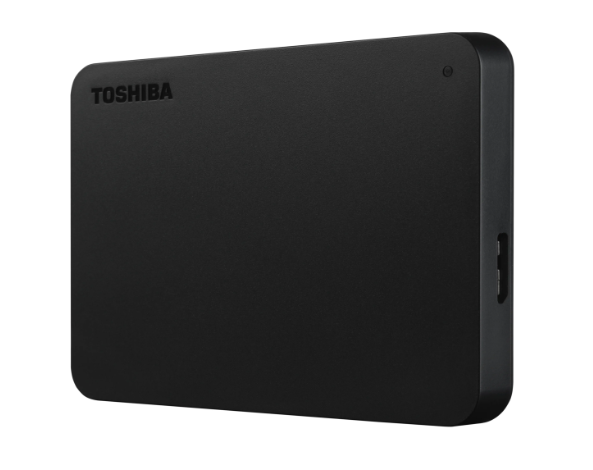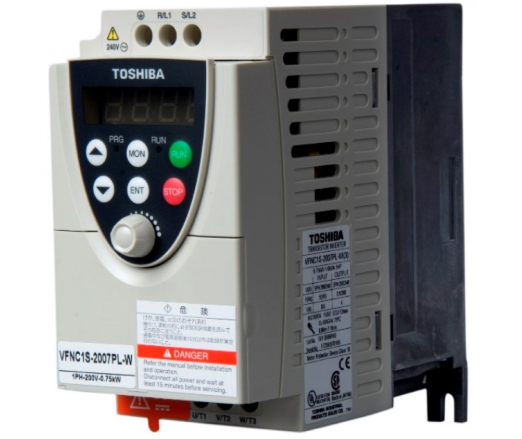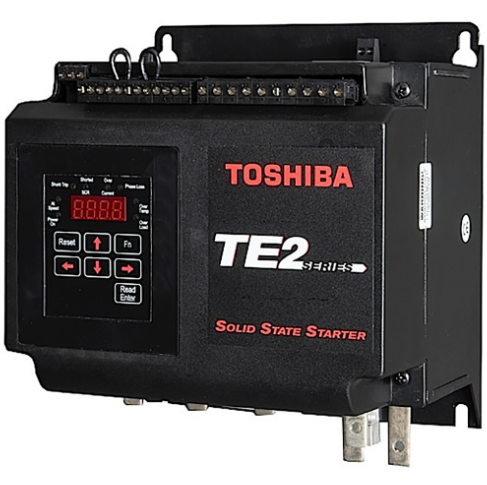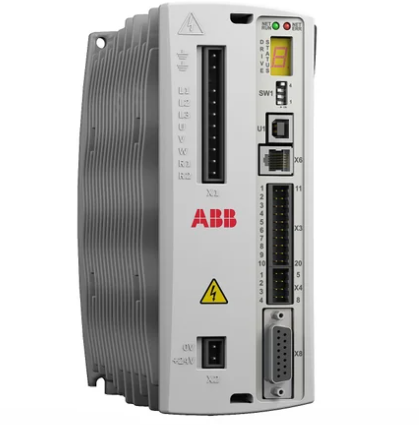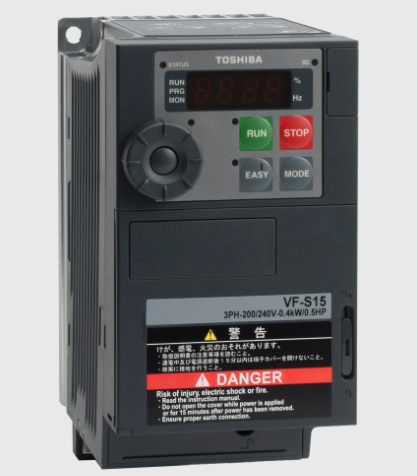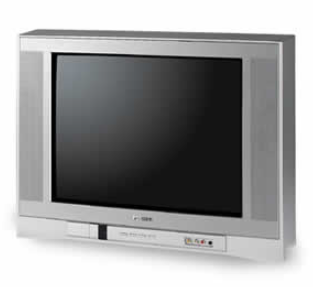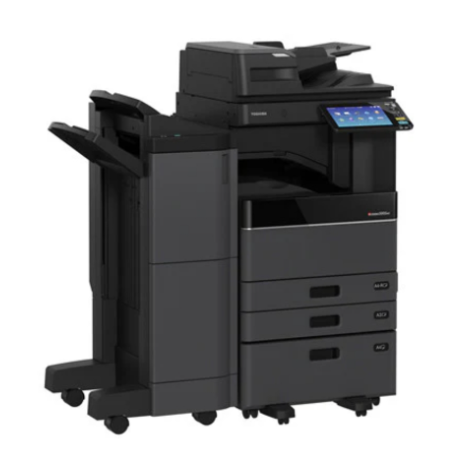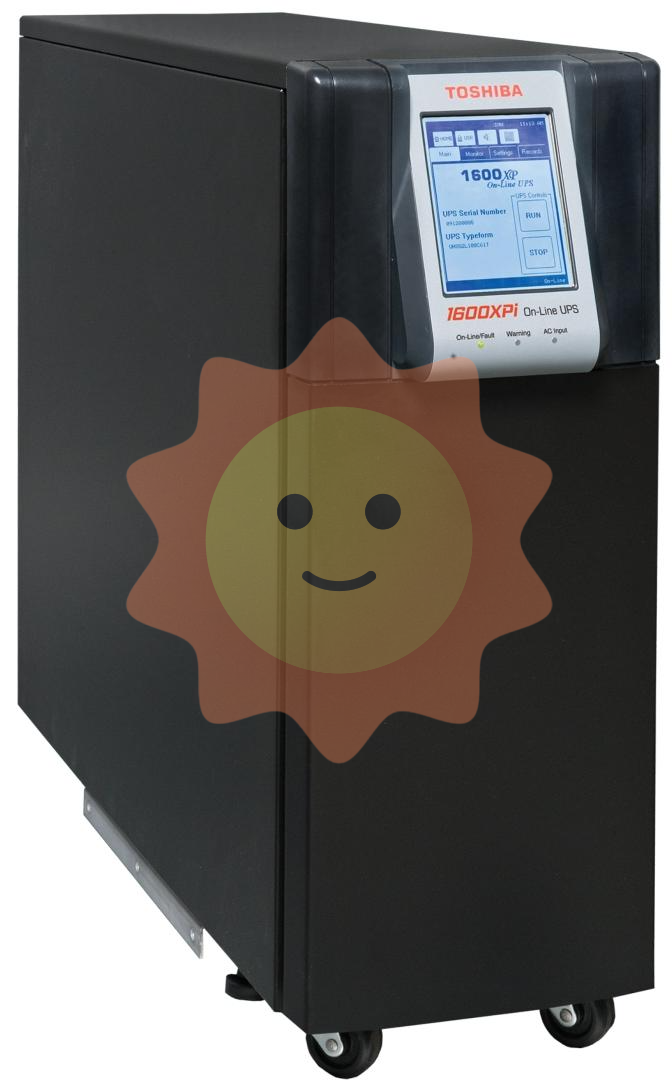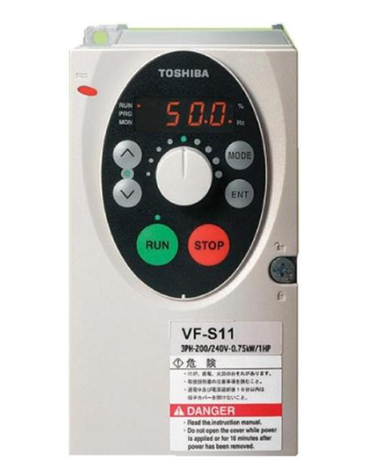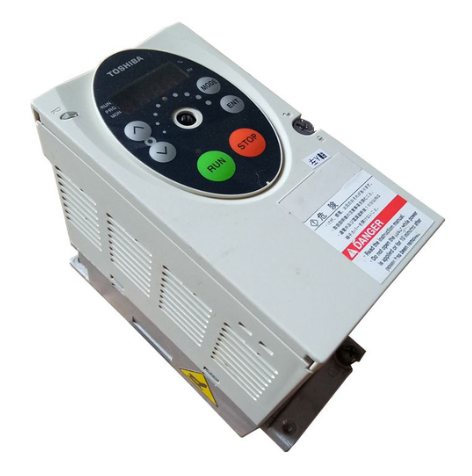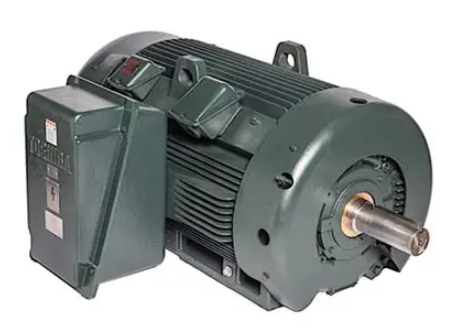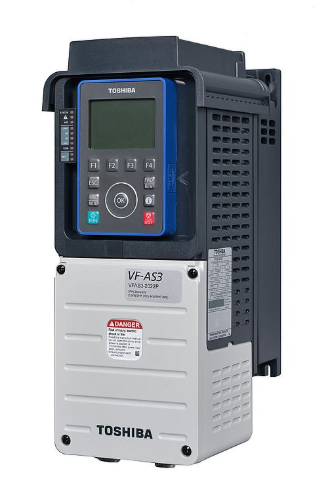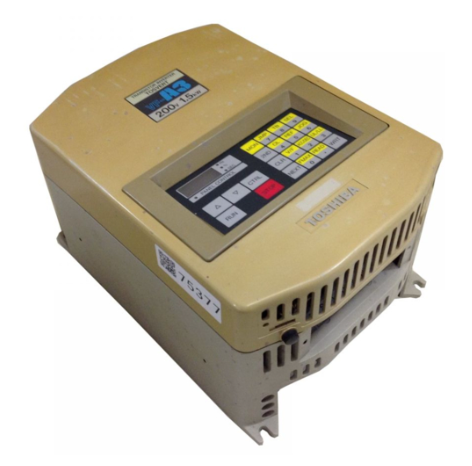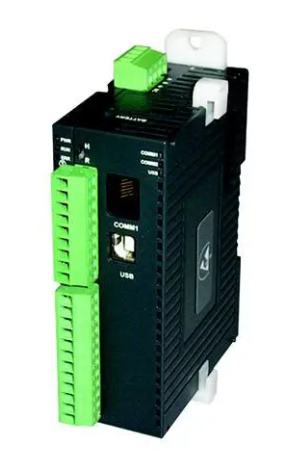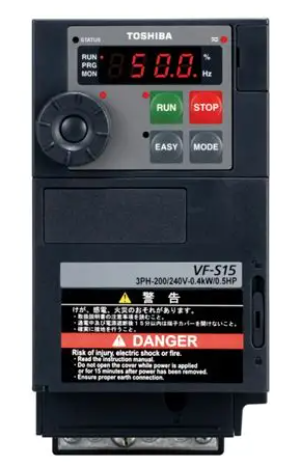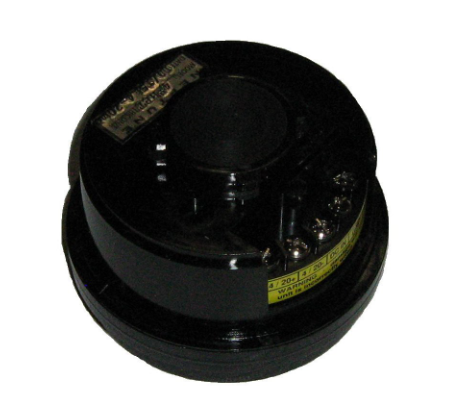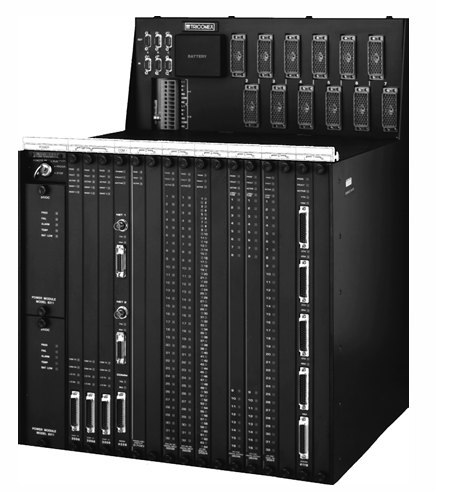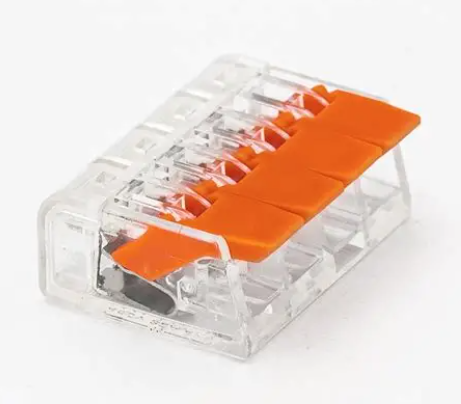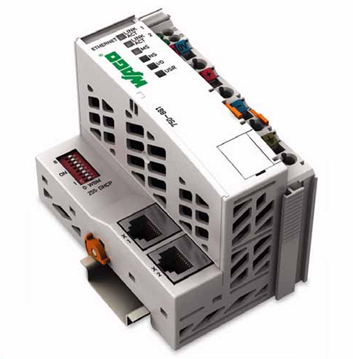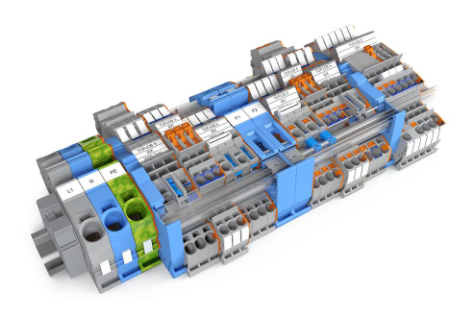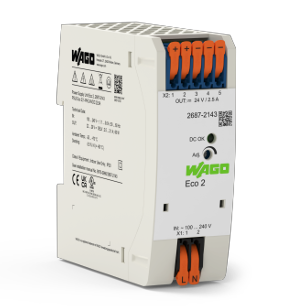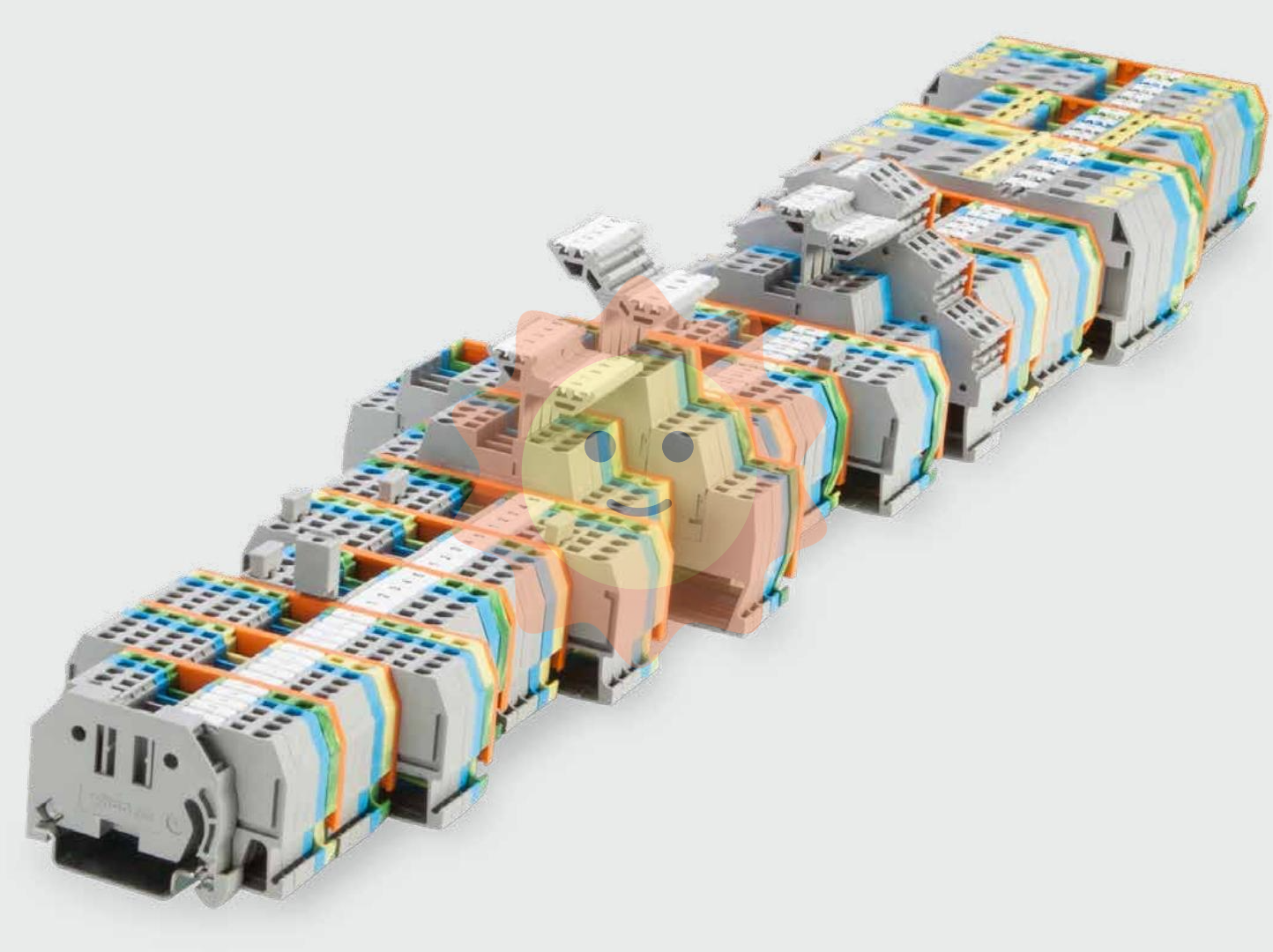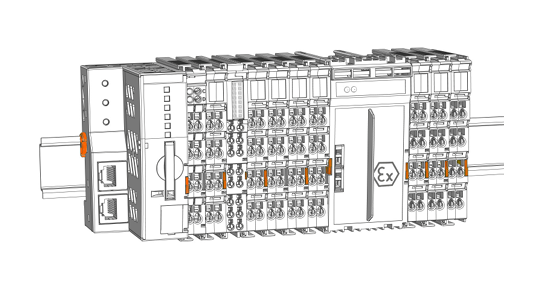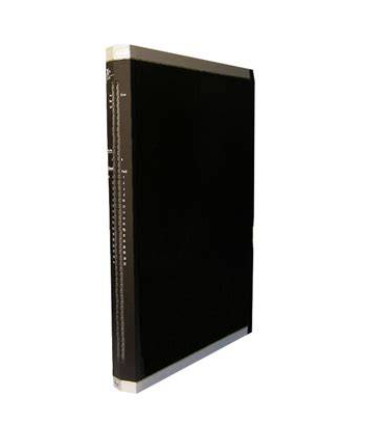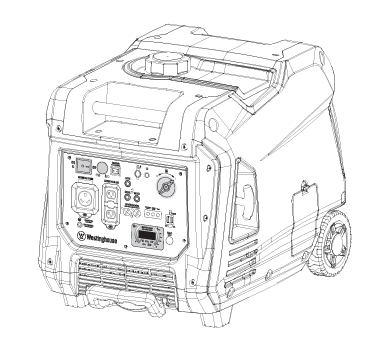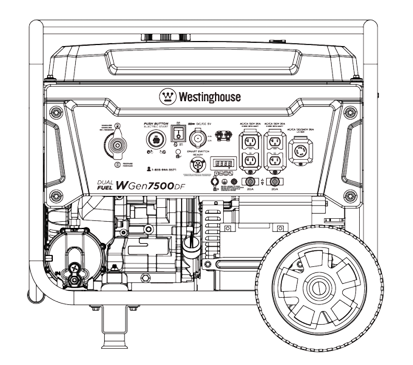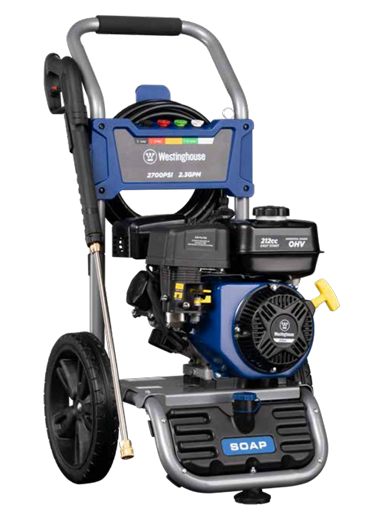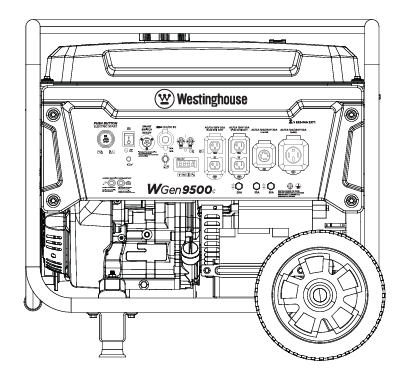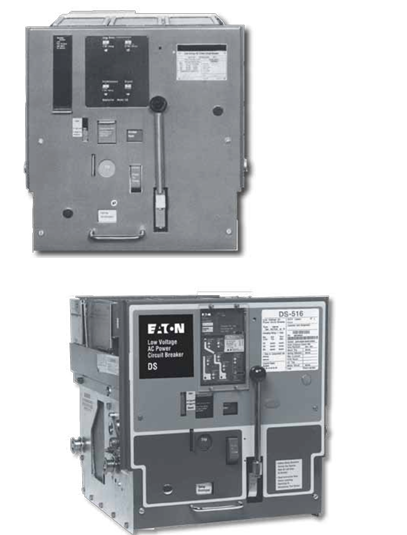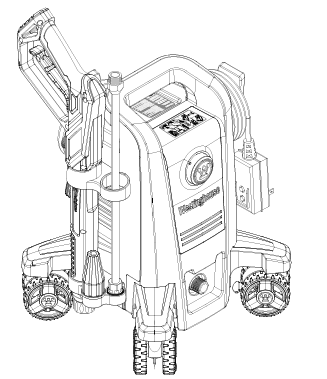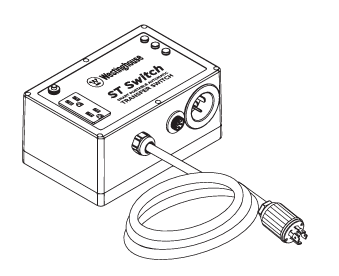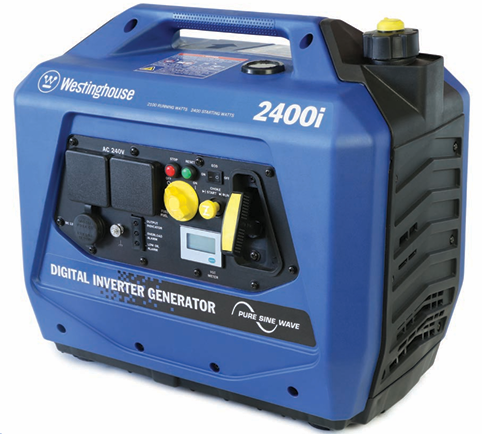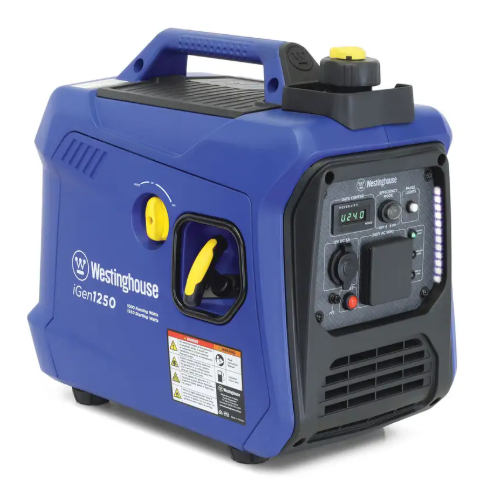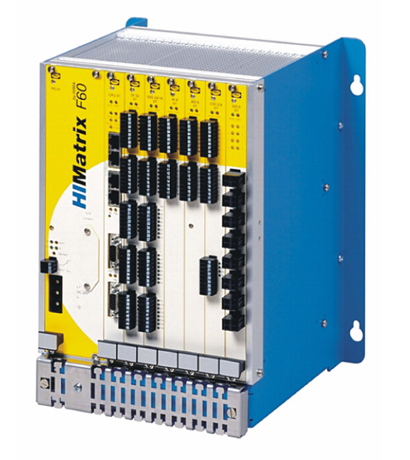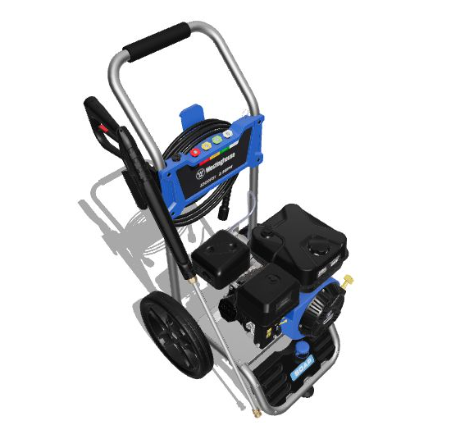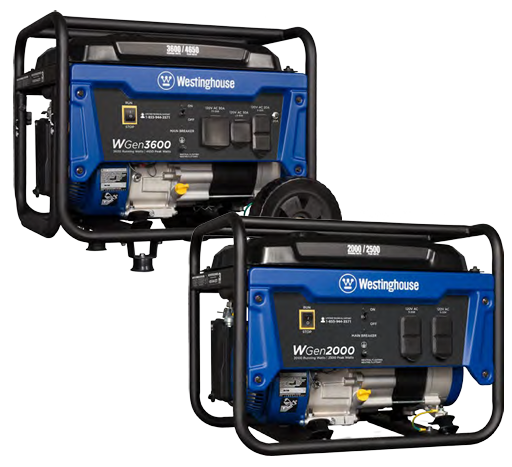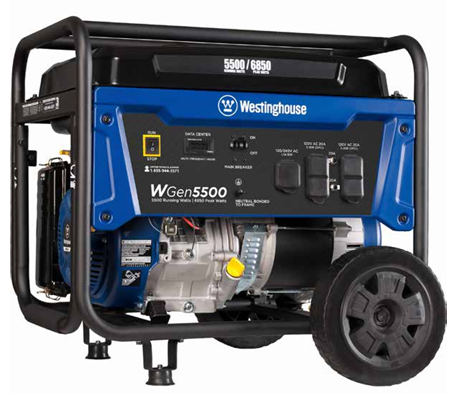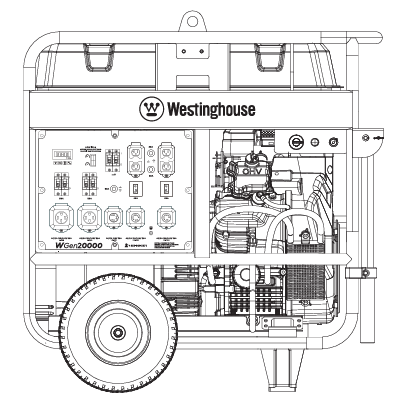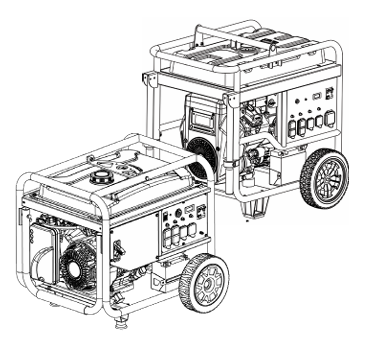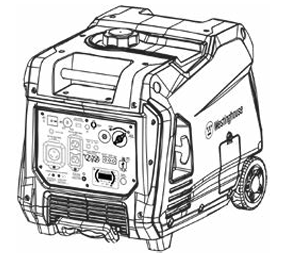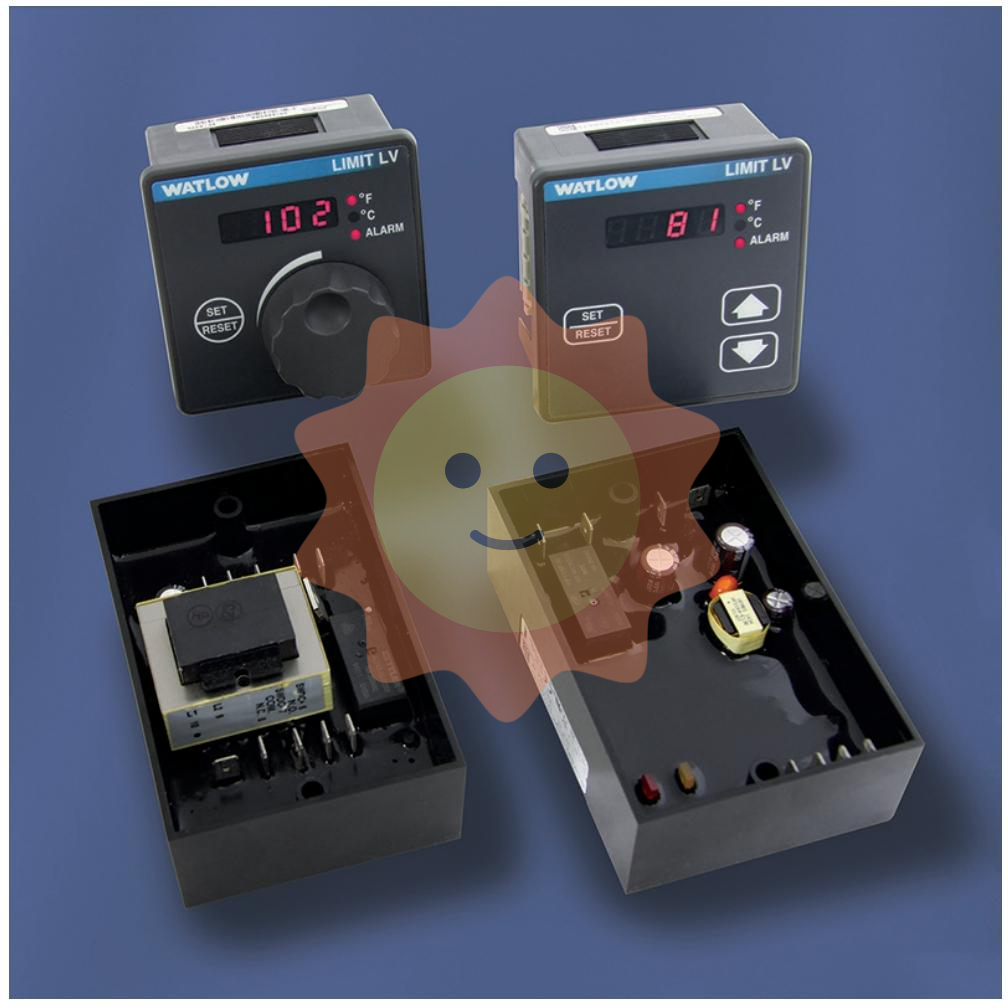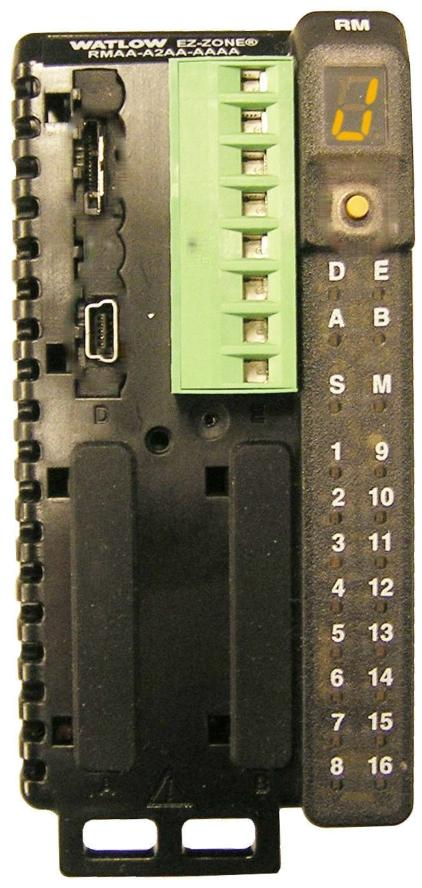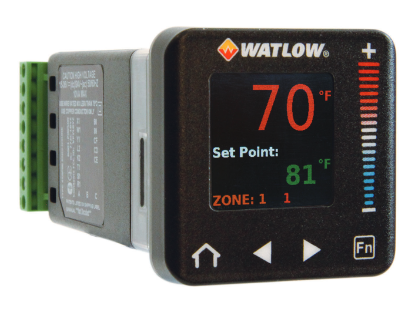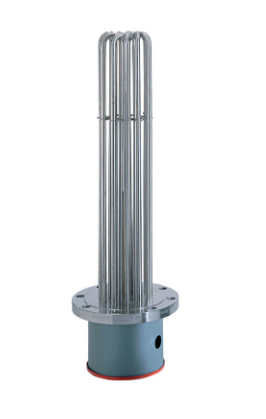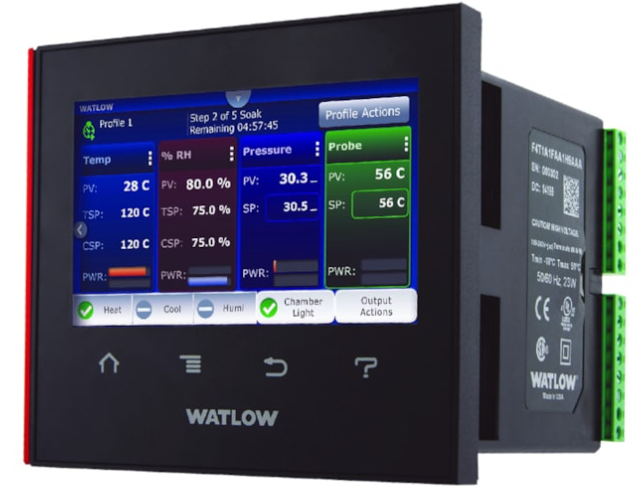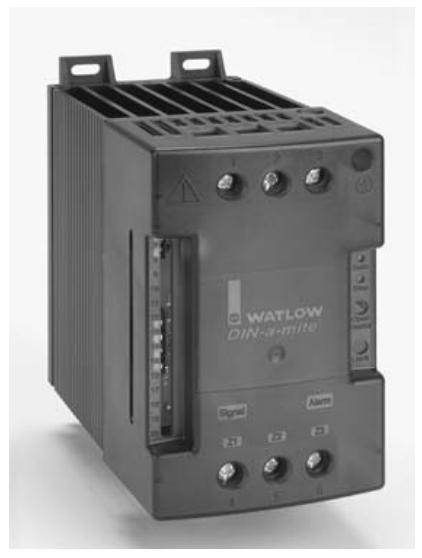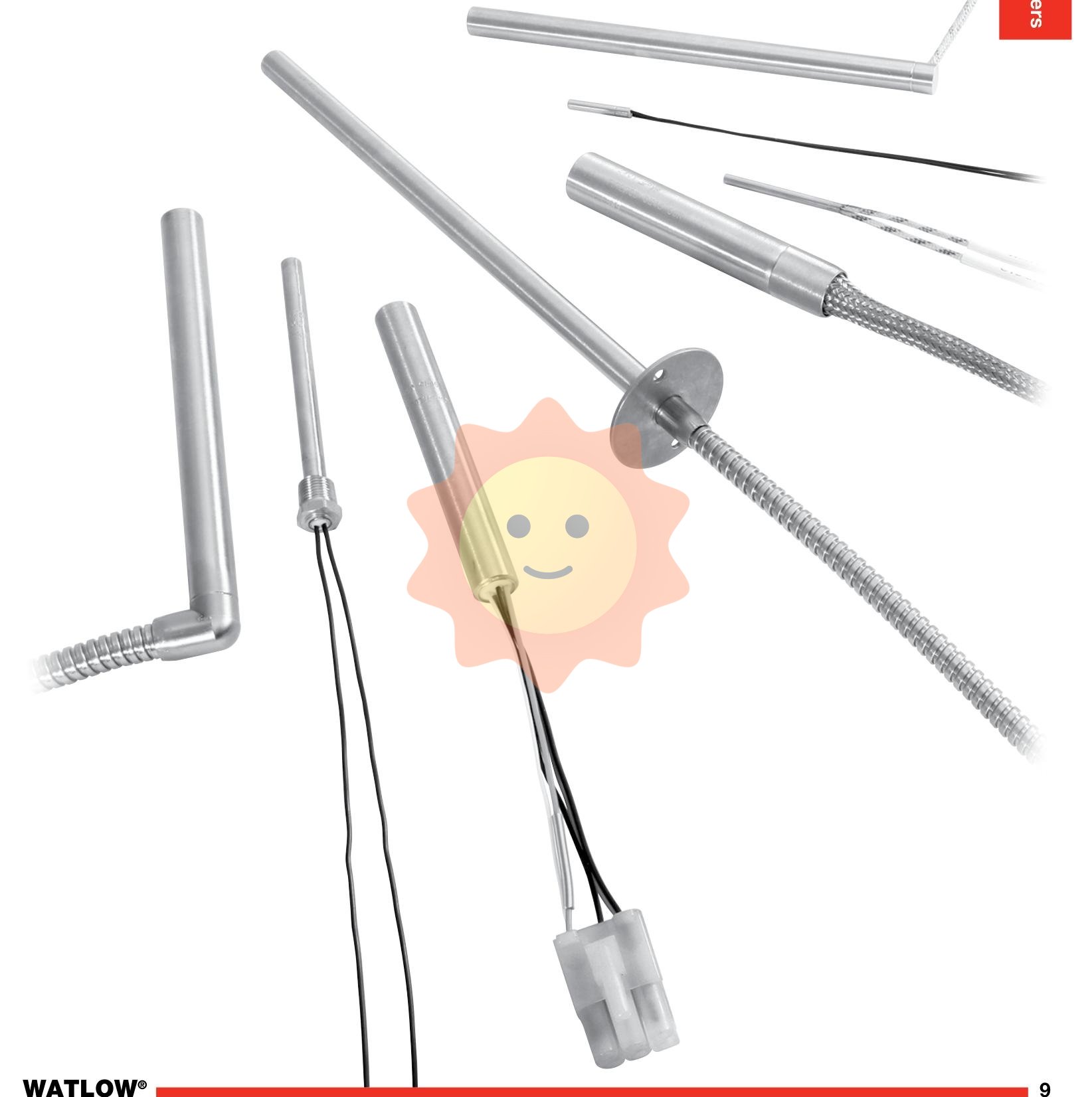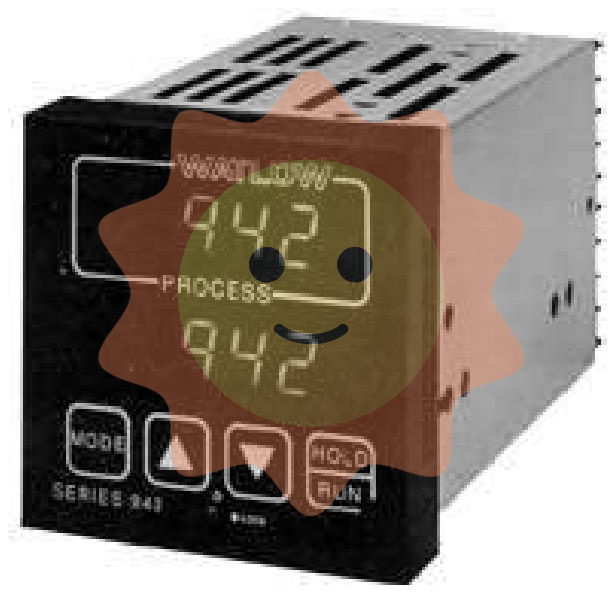ABB 999951 MIR-module
ABB 999951 MIR-module
Overview
The ABB 999951 MIR - module is an important component in ABB's product range, likely serving a specific function within their industrial automation, control, or other related systems.
Functionality and Features
Signal Processing and Communication (Potential)
It may be involved in processing and communicating various signals. For example, it could handle digital or analog signals related to motor control, such as receiving speed - reference signals and sending feedback signals about the actual motor speed. In a robotics application, it might process signals from joint - position sensors and transmit commands to the motor - drive systems to control the movement of the robot's limbs.
The module might also have communication capabilities to interface with other components in the system. It could support protocols like Modbus, Profibus, or other ABB - specific communication protocols to exchange data with Programmable Logic Controllers (PLCs), Human - Machine Interfaces (HMIs), or other intelligent devices. This allows for seamless integration into larger automation architectures.
Monitoring and Diagnostic Functions (Possible)
The MIR - module may include features for monitoring and diagnostics. It could continuously monitor the health of connected components such as motors, drives, or sensors. For example, it might be able to detect over - current conditions in a motor circuit or abnormal temperature rises in a drive unit. The diagnostic capabilities could provide valuable information about the root cause of a problem, such as identifying a faulty sensor or a communication - link issue.
It may also have the ability to generate alarms or warnings to alert operators or maintenance personnel. These alarms could be sent through various means, such as a digital output to an indicator light or a message sent to an HMI or a central control system.
Technical Specifications
Input and Output Interfaces
The module would have specific input and output interfaces depending on its intended use. It might have a number of digital input pins to receive signals such as start/stop commands, limit - switch status, or other binary - state information. The digital output pins could be used to control external devices like relays, indicator lights, or to send acknowledgment signals.
For analog interfaces, it could support a range of input and output voltage or current levels. For example, it might have analog input channels to receive signals from 0 - 10V sensors representing physical quantities like temperature or pressure. The analog output channels could provide variable - voltage or - current signals to control devices such as variable - speed drives or analog - controlled valves.
Power Requirements
The 999951 MIR - module would have specific power - supply requirements. It could operate on a standard industrial voltage such as 24V DC or other voltages depending on the application and the overall system design. The power - consumption characteristics are also important, as they affect the sizing of the power - supply unit and the overall energy efficiency of the system.
Operating Temperature and Environmental Conditions
The module is likely designed to operate within a certain temperature range. For example, it might be specified to work between - 20°C and +60°C, which is a typical range for many industrial - environment applications. It may also have specifications regarding humidity, vibration, and electromagnetic - interference (EMI) tolerance to ensure reliable operation in harsh industrial settings.
Applications
Industrial Motor Control and Drives
In applications involving motor control, the MIR - module could be used to enhance the performance and reliability of motor - drive systems. It could be integrated with AC or DC drives to provide advanced control functions such as speed - regulation, torque - control, and position - control. In a manufacturing plant, it could be used to control the motors of conveyor belts, pumps, and machine tools.
Robotics and Automation Systems
In robotics, the module could play a crucial role in the control and monitoring of robotic systems. It could interface with the robot's joint motors and sensors to ensure precise movement and operation. For example, it could be used to implement advanced control algorithms for path - planning and trajectory - control of robotic arms in an assembly - line application.
Process Automation and Monitoring
In process - automation applications such as chemical plants or food - processing factories, the MIR - module could be used to monitor and control various processes. It could handle the signals related to temperature, pressure, flow - rate, and other process variables. By integrating with other control and monitoring devices, it could contribute to the efficient and safe operation of the process.

- User name Member Level Quantity Specification Purchase Date
- Satisfaction :
-









Email:wang@kongjiangauto.com

